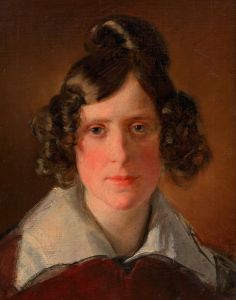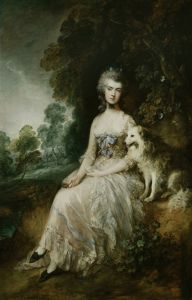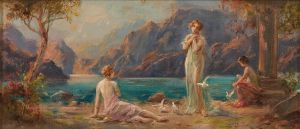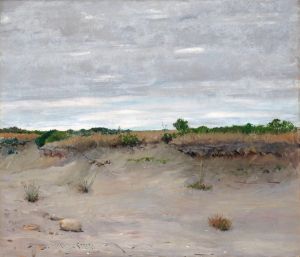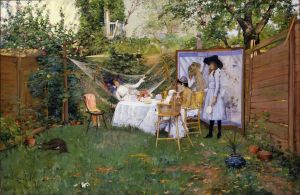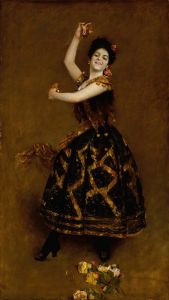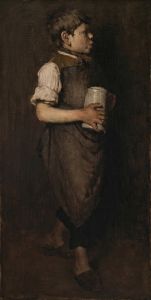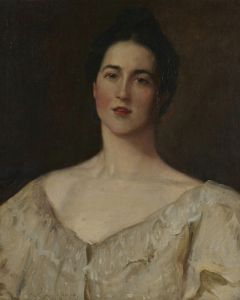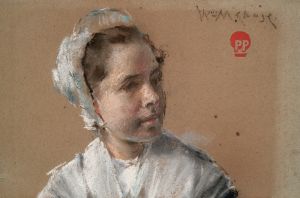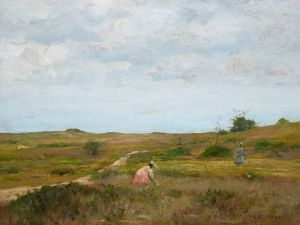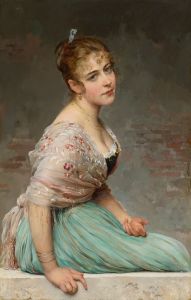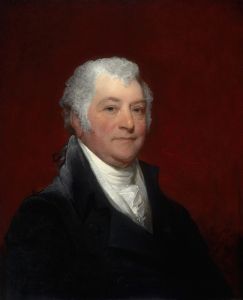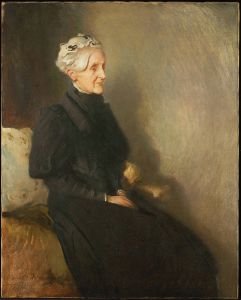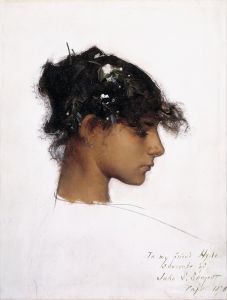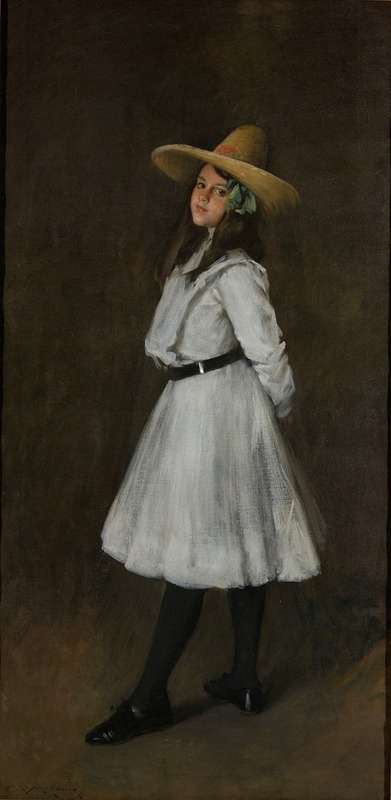
Dorothy
A hand-painted replica of William Merritt Chase’s masterpiece Dorothy, meticulously crafted by professional artists to capture the true essence of the original. Each piece is created with museum-quality canvas and rare mineral pigments, carefully painted by experienced artists with delicate brushstrokes and rich, layered colors to perfectly recreate the texture of the original artwork. Unlike machine-printed reproductions, this hand-painted version brings the painting to life, infused with the artist’s emotions and skill in every stroke. Whether for personal collection or home decoration, it instantly elevates the artistic atmosphere of any space.
"Dorothy" is a painting by the American artist William Merritt Chase, completed in 1902. Chase was a prominent figure in American art during the late 19th and early 20th centuries, known for his contributions to the Impressionist movement and his role as a teacher. He was a versatile artist, adept in various mediums including oil painting, pastel, and watercolor, and he produced a wide range of subjects from portraits to landscapes and still lifes.
The painting "Dorothy" is a portrait of Chase's daughter, Dorothy Chase. This work exemplifies Chase's skill in capturing the likeness and personality of his subjects, a hallmark of his portraiture. The painting is executed in oil on canvas, a medium that Chase frequently employed for its rich texture and depth of color. In "Dorothy," Chase uses a soft, impressionistic style, characterized by loose brushwork and a delicate palette, which was typical of his approach during this period.
"Dorothy" is notable for its intimate and personal nature, reflecting Chase's affection for his family. The composition is simple yet effective, focusing on the young girl, who is depicted with a serene expression. The background is understated, ensuring that the viewer's attention remains on Dorothy. Chase's use of light and shadow in the painting is subtle, creating a sense of depth and volume that brings the portrait to life.
William Merritt Chase was a key figure in the development of American Impressionism, and his work was influenced by both European and American artistic traditions. He studied at the Royal Academy in Munich, where he was exposed to the techniques of the Old Masters, and later in Paris, where he encountered the works of the French Impressionists. These experiences informed his style, which combined traditional academic techniques with the more modern, spontaneous approach of Impressionism.
Chase was also a dedicated educator, and he played a significant role in shaping the next generation of American artists. He taught at several institutions, including the Art Students League of New York and the Pennsylvania Academy of the Fine Arts. His teaching emphasized the importance of direct observation and the study of nature, principles that are evident in his own work.
"Dorothy" is part of the collection at the Brooklyn Museum in New York, where it is appreciated for its artistic merit and its insight into Chase's personal life. The painting is an excellent example of Chase's ability to blend technical skill with emotional depth, capturing a moment of familial tenderness with elegance and grace.
Overall, "Dorothy" by William Merritt Chase stands as a testament to the artist's mastery of portraiture and his contribution to American art. It remains a cherished piece within Chase's oeuvre, celebrated for its beauty and the personal connection it represents between the artist and his daughter.





